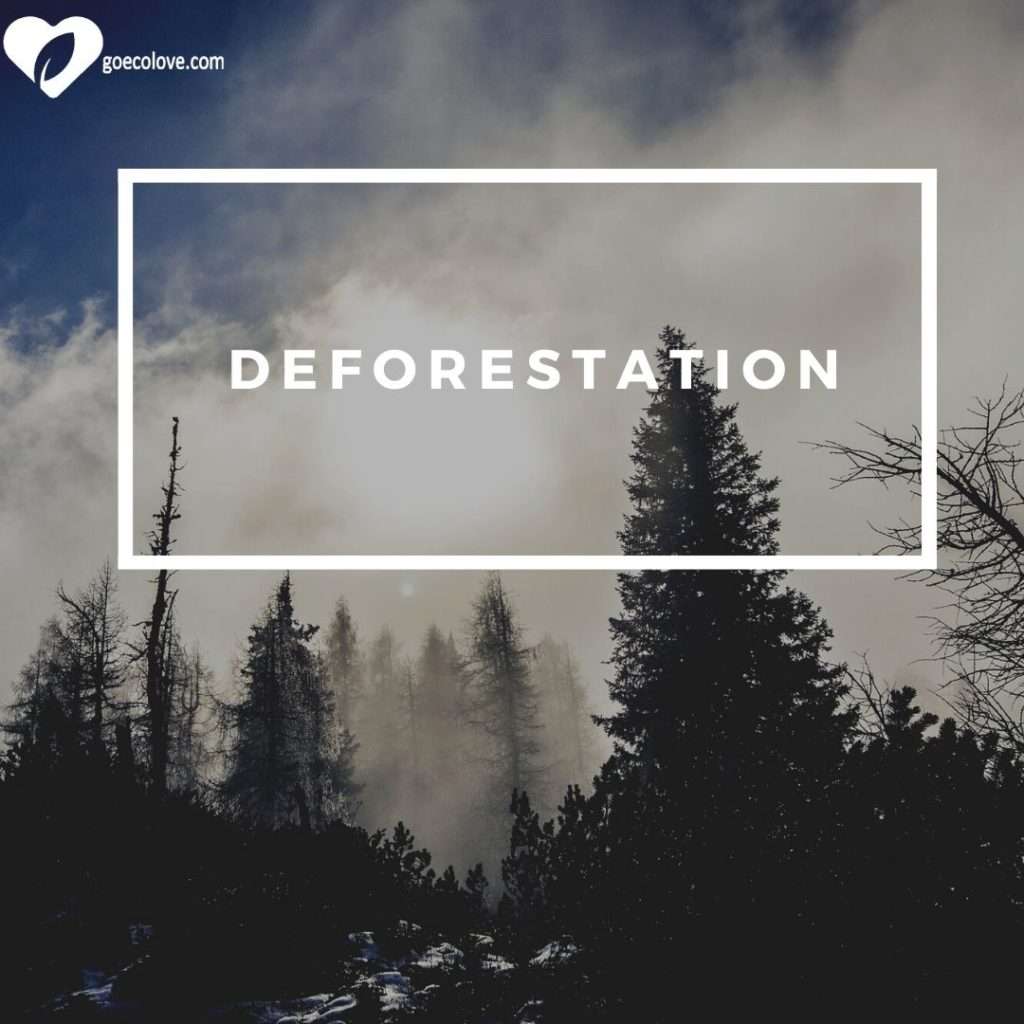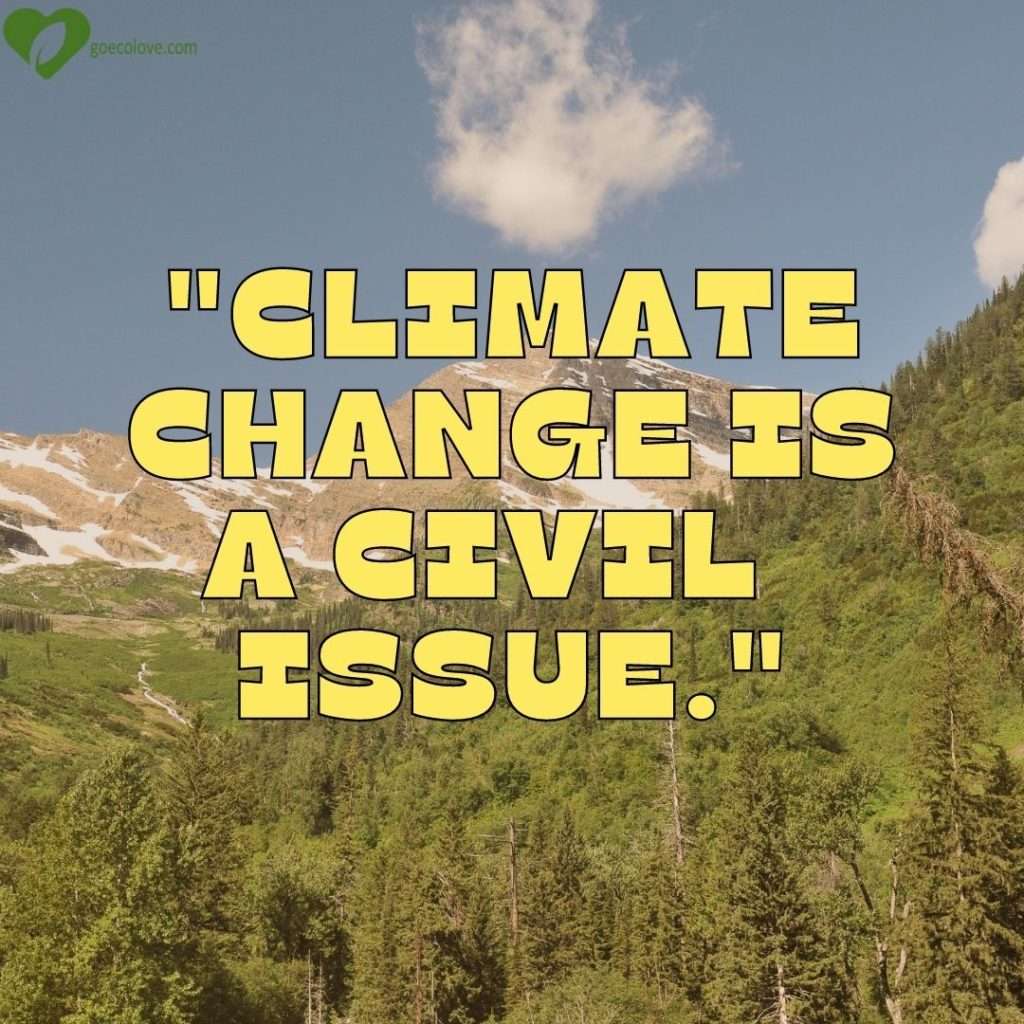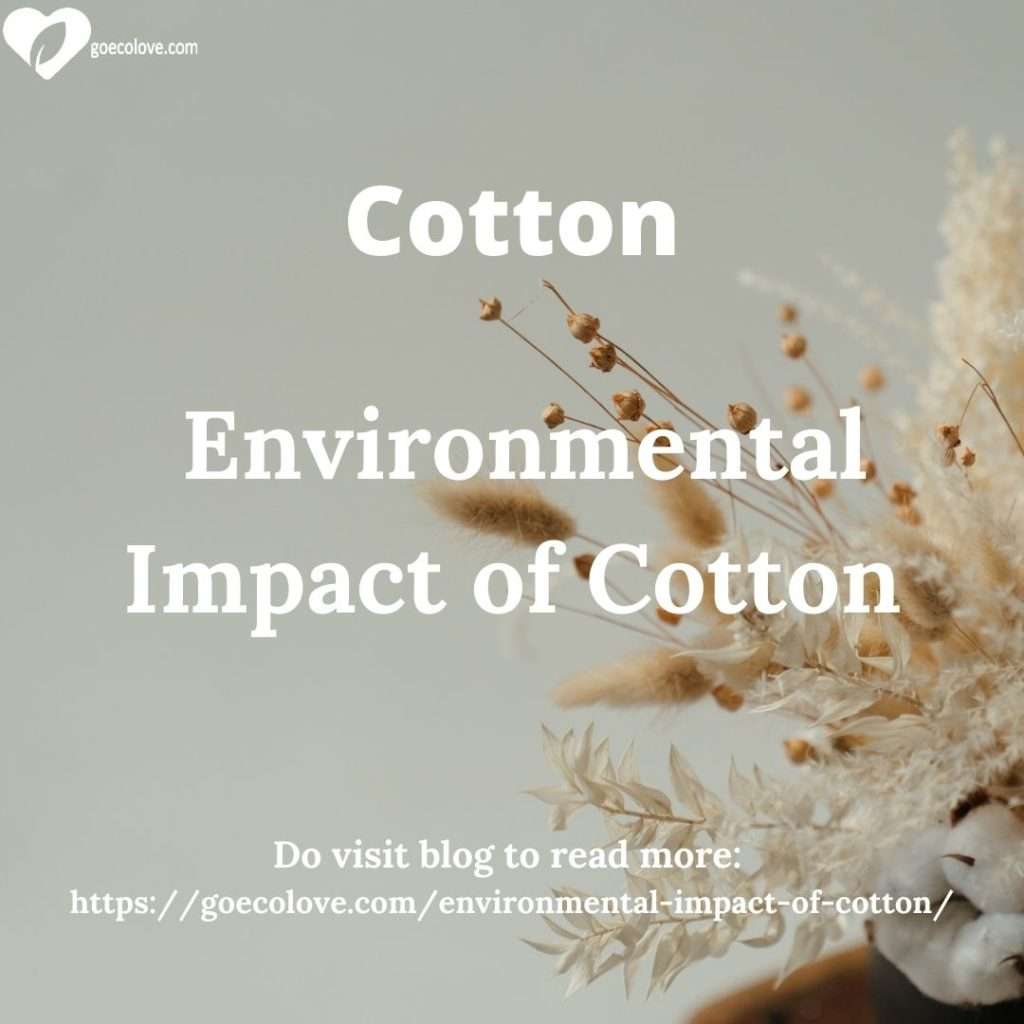Amazon
A shocking investigation by ITV has revealed how millions of new, unused, or returned goods end up in bins destined to be discarded and burned. According to a report from a former employee, the company is sending Dyson fans and hoovers as well as Apple Mac Book’s and i-Pads to landfill or destruction. Other items headed for the bin included unopened and unused face masks to protect people from Covid-19.
These revelations ridicule Amazon’s claims that it is committed to being a zero-waste organization.
Why does Amazon throw away or destroy completely good products?
The answer is Amazon’s highly “successful” business model. Many sellers choose to store their products in Amazon’s vast warehouses. According to this model, shelf space in warehouses becomes more valuable than the items themselves. The faster the items can be sold or destroyed, the faster space can be made for more products – and the greater the company’s profits.
Chetan Welsh of Greenpeace himself told us: “This is an unimaginable amount of unnecessary waste, and it is simply shocking to see a multi-billion pound company getting rid of stock in this way”.
“Stuff that’s not even single use but not being used at all, straight off the production line and into the bin. As long as Amazon’s business model relies on this kind of disposal culture, things are only going to get worse. The government must step in and bring in legislation immediately. In an interview before he knew about our investigation, Amazon’s UK boss John Boumphrey told ITV News the amount the company destroys is “extremely small.”
Destroying unsold stock is not a new practice. Fast fashion companies have long been known to burn unsold or returned inventory. Indeed, most corporations that manufacture consumer products have a serious problem with overproduction, which usually leads to wasteful practices. Overproduction badly affects our environment and is terrible for the people who are involved in extracting the materials. The cost to our overloaded waste system cannot be forgotten either. It is well known that Amazon does not pay its fair share of taxes – taxes that are sorely needed to safely dispose of such waste, which itself can be complex and environmentally damaging.
Throwing away millions of products is not only a complete waste of precious resources and human labour – but these things are also not even used at all. Thousands of children do not have adequate learning equipment such as laptops or computers. While only a year ago, the country plunged into crisis because of a shortage of personal protective equipment. Throughout all this, a company owned by the richest man in the world is throwing away brand new items to protect its profits. At the same time, Amazon’s employees continue to suffer from poor working conditions and increasingly frequent injuries during busy periods.
Can it be stopped?
Other countries already have laws in place to prevent this kind of waste, and our government when asked if the UK was considering changing its laws to stop activities such as those of Amazon, said: “We are looking at the regulations to see how we can increase reusing and recycling for things like electrical goods.”
While Boris Johnson said the investigation “sounds incredible” to him, before adding: “an indictment of a consumerist society, if it’s as you say, we will look into it. Obviously, we don’t like stuff going to landfill under any circumstances that’s why we have the landfill tax and landfill credit scheme, and everything else.”
In Germany there exists a law that stops Amazon from destroying new products. But an early investigation by Greenpeace Germany demonstrates that Amazon is already finding ways around this law – such as forcing workers to cut clothes so the company can legally destroy them. Exposing the company’s terrible policy of destroying millions of pieces of unsold stock will go a long way to forcing change. And forcing Amazon to do better will force other companies to think more carefully about their business models and waste management plans.
If we get Amazon to stop the waste, it could be the start of a real change across the country – where companies cannot just throw responsibility away. Do you want help? Sign the petition at Greenpeace.




